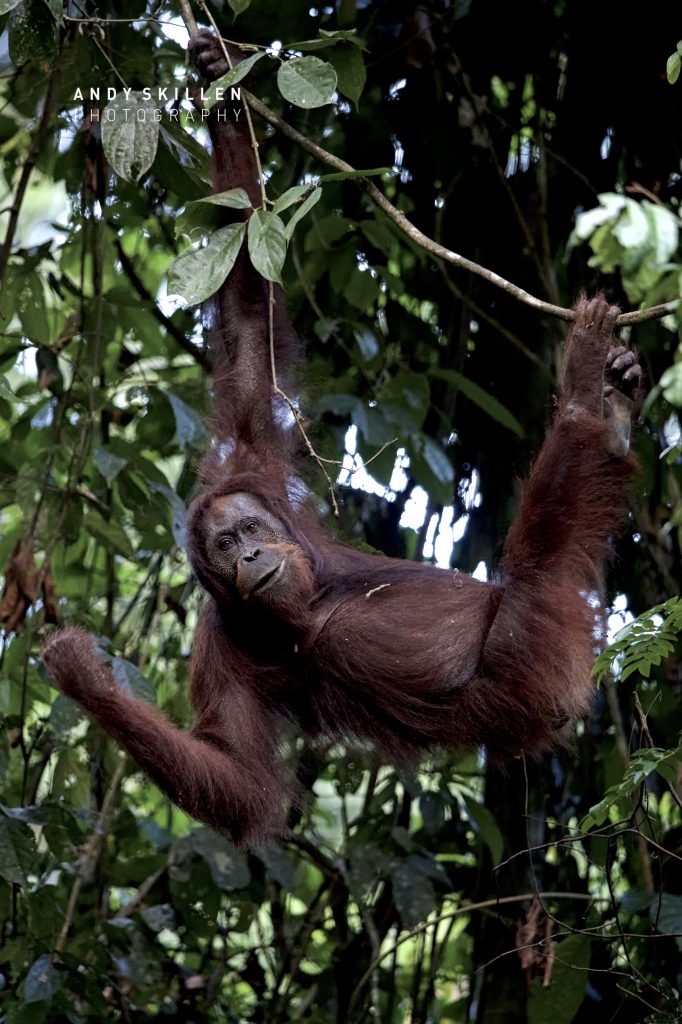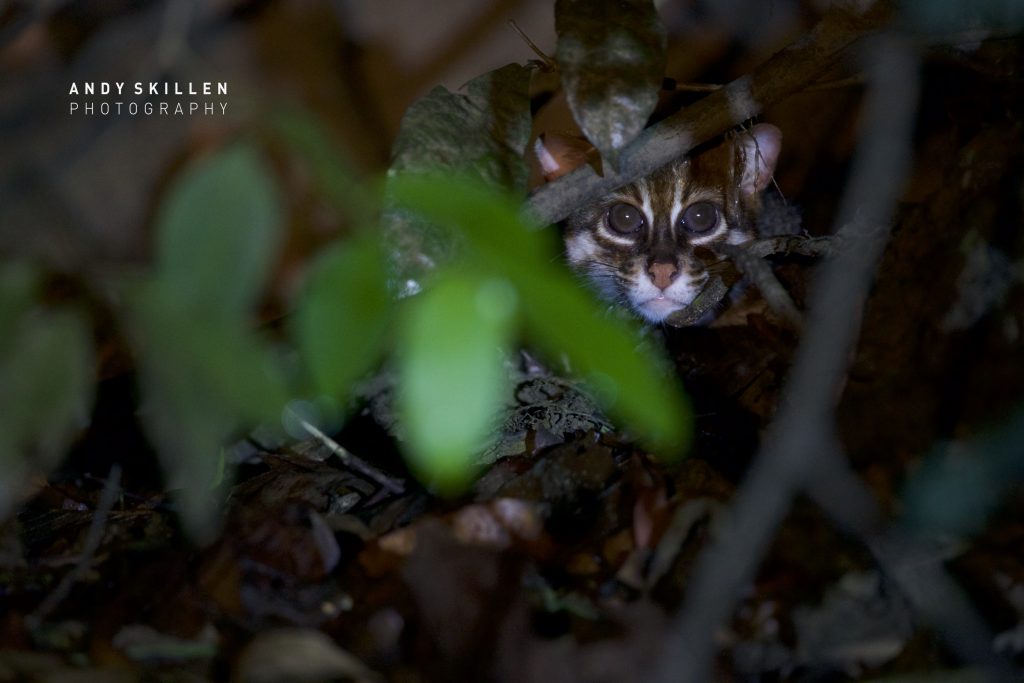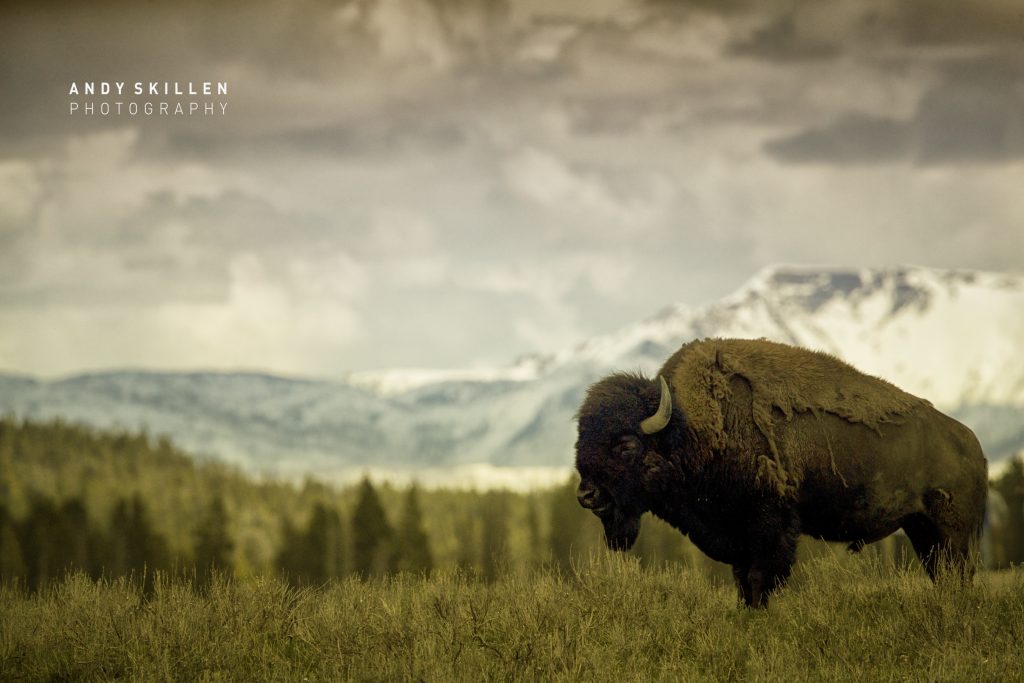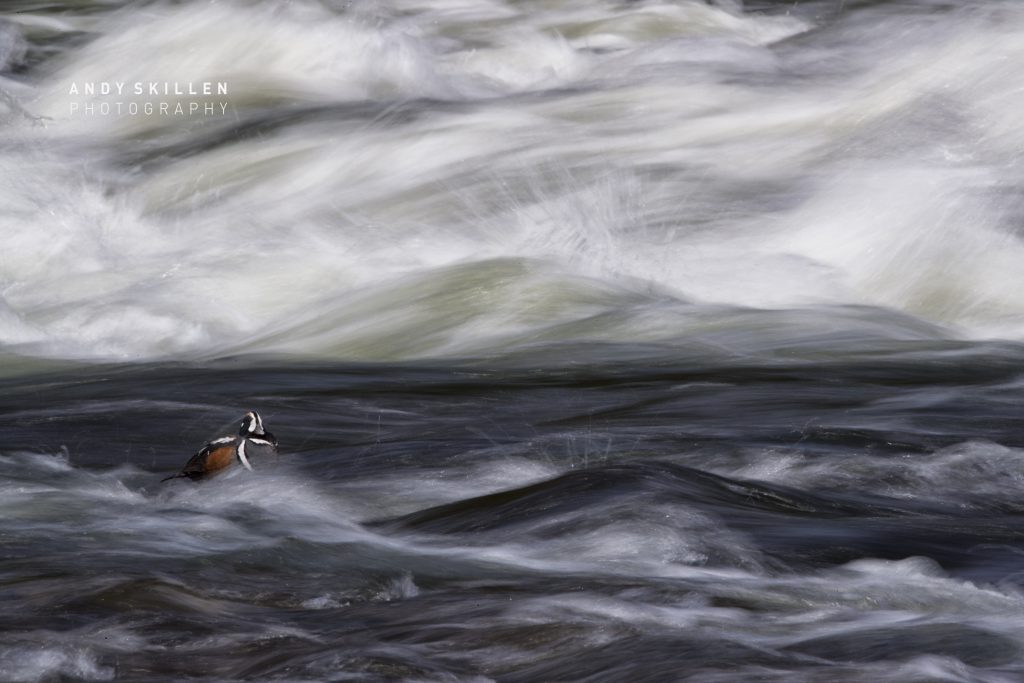I have said it often (it’s been my stock excuse for being so late with deadlines throughout my career!) but where on earth does the time go? I find myself sitting typing this as I watch the sunset of the floodplains north of the Chobe river, grabbing the last bit of wifi I will most likely have for the next four weeks, and attempting to crystallise what has been a hectic first half of the year into a bite sized chunk for you to scan through!
Tanzania…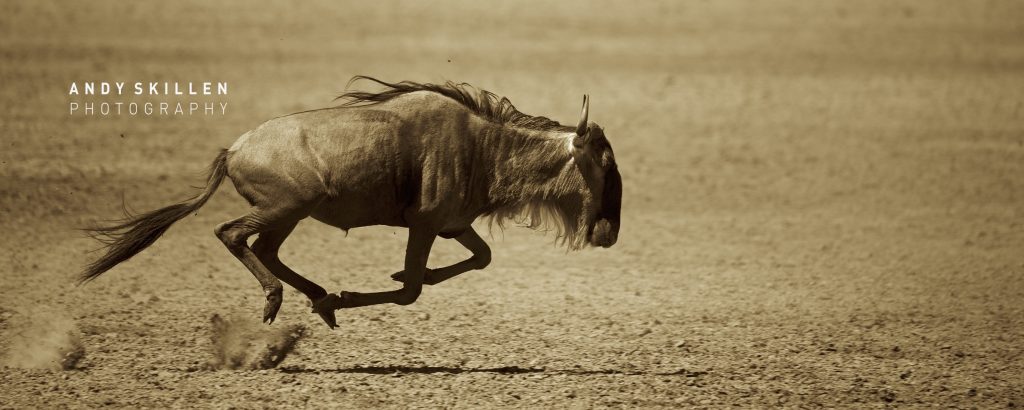
My first major trip of the year in February, was simply photographic (i.e. no other guests) and I was based predominantly in the Ndutu area of Tanzania’s Serengeti. The game did not disappoint. At that time of year– calving season – the encounters are epic and I was lucky enough to witness five separate kills be made (one lion, three cheetah, one hyena), as well as one new birth….right in front of me. Admittedly, that sounds like there is more death and des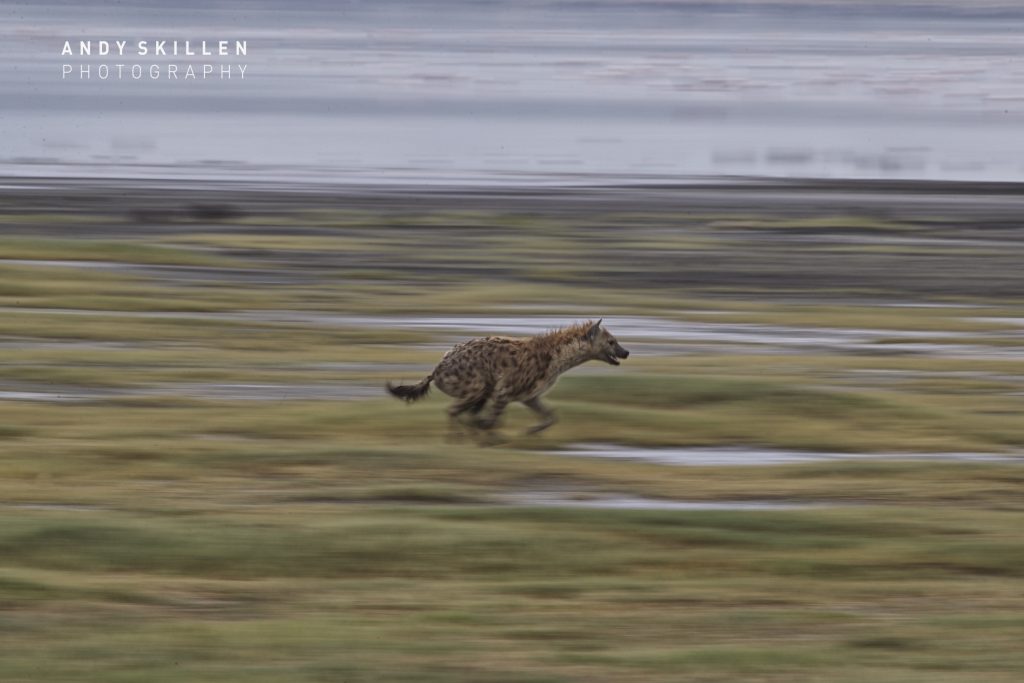 truction in comparison to new life…but rest assured, with up to 8,000 new wildebeest dropping onto the plains each day, (as well as many thousands of zebra and gazelle too), the market is essentially flooded. For predators, this is a time of plenty, but the sheer volume of life appearing ensures that there is a substantial amount of animals that make it through those first few faltering weeks to keep the herds buoyant. The she
truction in comparison to new life…but rest assured, with up to 8,000 new wildebeest dropping onto the plains each day, (as well as many thousands of zebra and gazelle too), the market is essentially flooded. For predators, this is a time of plenty, but the sheer volume of life appearing ensures that there is a substantial amount of animals that make it through those first few faltering weeks to keep the herds buoyant. The she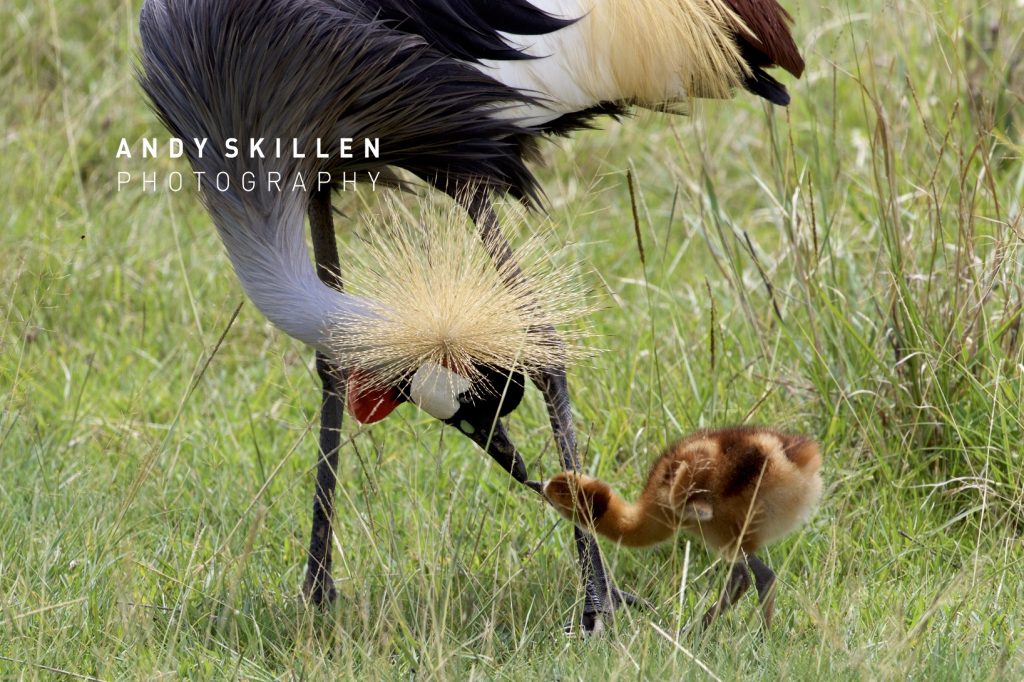 er volume of animals is impressive at this time of year…and the beauty of the Serengeti system – and Ndutu in particular – is that you’re not crowded with 100 other vehicles all zipping around a relatively small area such as the Mara and praying for a river crossing. The dramas and stories that unfold before your eyes provide a never ending soap-opera, and the photographic opportunities that are presented as a result enable you to search the soul of the subject. For me, as I am always telling people in talks and on tours (and boring them rigid no doubt!), this is the key part of successful photographic. Technical competence (or excellence) can only get you so far…there has to be a connection between what you produce and the viewer of your work. This emotional bridge is intangible in theory, and yet obvious when it is achieved. Tanzania certainly gives plenty of options to explore that.
er volume of animals is impressive at this time of year…and the beauty of the Serengeti system – and Ndutu in particular – is that you’re not crowded with 100 other vehicles all zipping around a relatively small area such as the Mara and praying for a river crossing. The dramas and stories that unfold before your eyes provide a never ending soap-opera, and the photographic opportunities that are presented as a result enable you to search the soul of the subject. For me, as I am always telling people in talks and on tours (and boring them rigid no doubt!), this is the key part of successful photographic. Technical competence (or excellence) can only get you so far…there has to be a connection between what you produce and the viewer of your work. This emotional bridge is intangible in theory, and yet obvious when it is achieved. Tanzania certainly gives plenty of options to explore that. 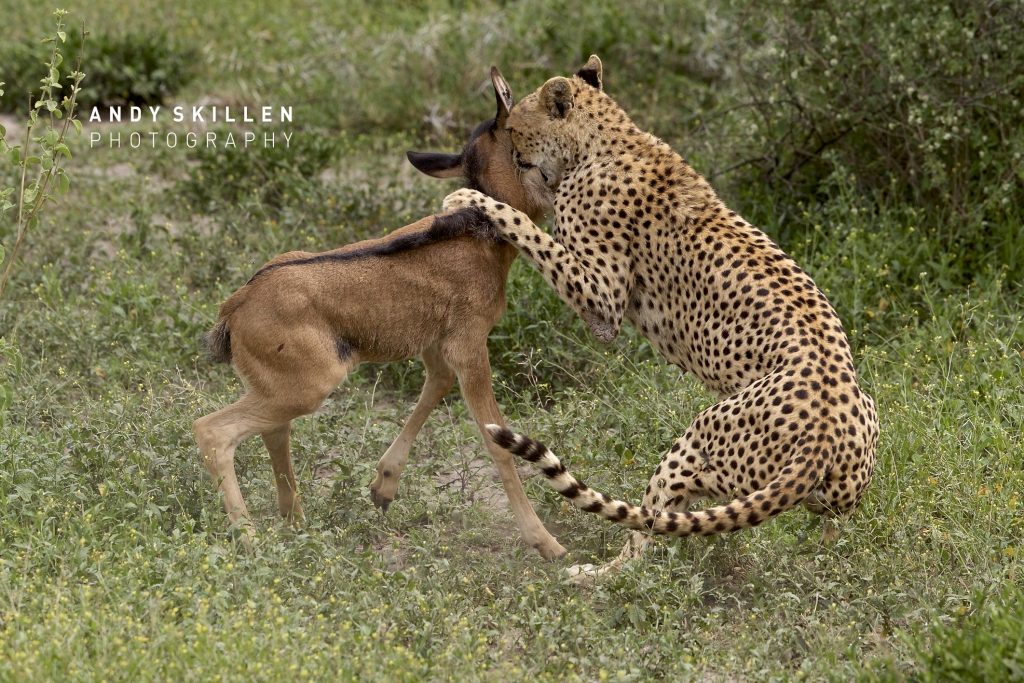
Borneo…
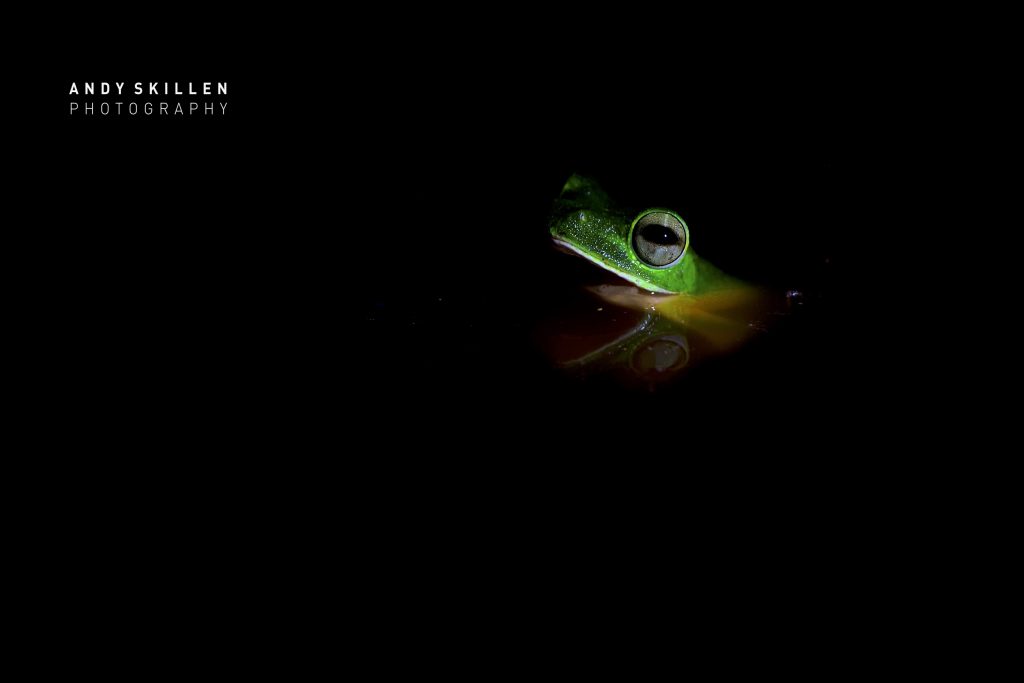 My next photo assignment was to spend nearly 4 weeks running around Sabah in pursuit of, well, anything really JAlthough I had a primate focus, I was intent on capturing as many of the smaller rainforest denizens too. Now, it had been a long time since I had photographed in Borneo…indeed, it was 1996 when I last set foot on the island when I explored southern Kalimantan and recorded the work carried out by Birute Galdikas in terms of Orang-Utan conservation. I have to admit, I stepped off the ‘plane in Sandakan somewhat nervous as to what I’d find. Back in the ‘90s, the island was getting ravaged. Fire, uncontrolled logging and – worst of all – palm oil were decimating the available habitat for the spectacular wildlife that inhabits it. I have to admit, though, that I was pleasantly surprised. Admittedly, it’s not perfect, and this time I was only in Sabah which has made more effort than most to protect its remaining resources, but the mood has changed. There is a realization that connecting corridors of pristine habitats together can work, and that the wildlife (and the forests generally) have a role to play in the social and economic future of the island.
My next photo assignment was to spend nearly 4 weeks running around Sabah in pursuit of, well, anything really JAlthough I had a primate focus, I was intent on capturing as many of the smaller rainforest denizens too. Now, it had been a long time since I had photographed in Borneo…indeed, it was 1996 when I last set foot on the island when I explored southern Kalimantan and recorded the work carried out by Birute Galdikas in terms of Orang-Utan conservation. I have to admit, I stepped off the ‘plane in Sandakan somewhat nervous as to what I’d find. Back in the ‘90s, the island was getting ravaged. Fire, uncontrolled logging and – worst of all – palm oil were decimating the available habitat for the spectacular wildlife that inhabits it. I have to admit, though, that I was pleasantly surprised. Admittedly, it’s not perfect, and this time I was only in Sabah which has made more effort than most to protect its remaining resources, but the mood has changed. There is a realization that connecting corridors of pristine habitats together can work, and that the wildlife (and the forests generally) have a role to play in the social and economic future of the island.
This can only be good news if it continues to develop. Problems still exist of course, despite more and more land coming under protection. Hunting is a major issue (some of Sarawak’s parks have been almost emptied of wildlife), as is poaching (particularly of elephants and pangolins). Palm oil spreads its evil tentacles everywhere, but is at least having some degree of control (and we can all help reduce this demand of course). One of the saddest parts for me was that the Sumatran rhino, a virtually prehistoric animal that once roamed far and wide across SE Asia, with Borneo a major stronghold, has gone. It is thought that none survive in the wild there now (although reports of 1 or 2 individuals persist in some areas) and with just around 35 left in total – most of which are in captivity in southern Sumatra – the outlook is grim. This is not just for the species…but of course for the forest too as some plants were totally dependent on being spread in the dung of these gentle, horned forest ghosts. The long term result of such disruption is unknown…we can but wait and see.
Photographically, the trip was a great success, with a great deal of high ISO night photography (no flash used…ruins the appearance of the shot) required to capture the full majesty of what was on offer: from tarsiers to lorises, estuarine crocodiles to pythons and proboscis monkeys to the old men themselves, the Orang Utans. The only downside was the constant humidty, the leeches and the wasps that delighted upon sucking the moisture from my sodden shirt, getting trapped inside and then stinging their way to freedom! What a way to make a living…
Yellowstone & The Tetons…
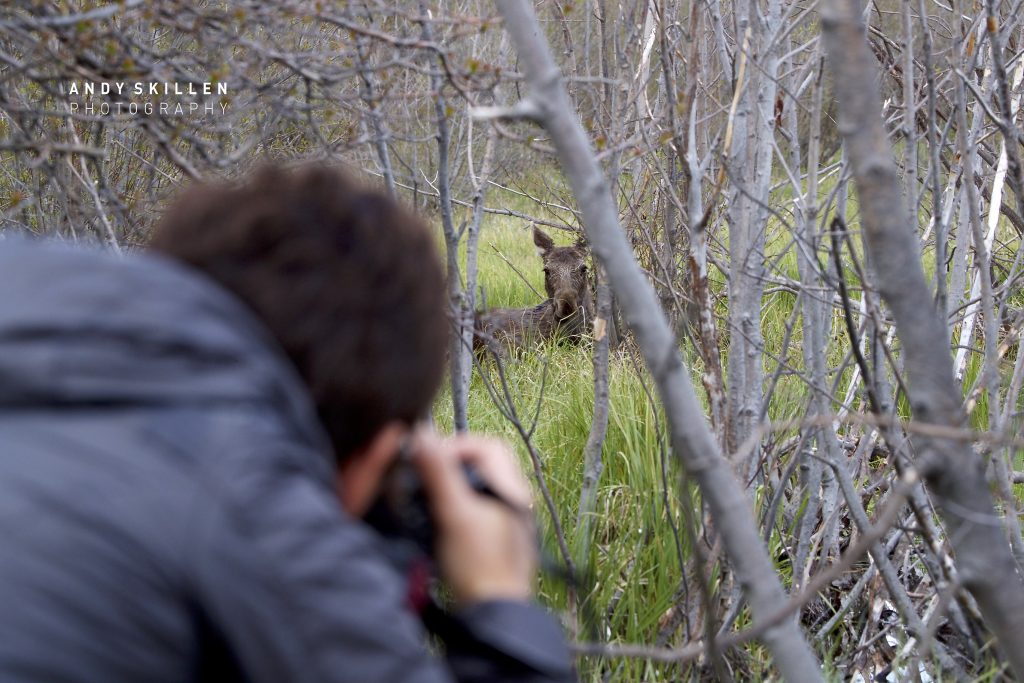 In complete contrast, my first trip leading experience of the year was just a couple of weeks ago (as I write this) as we took six highly motivated – and great fun – photographers around the delights of this spectacular part of the Western US. The days were long (sunrises were 05.45 on average…and sunsets around 20.45) but the group survived…and certainly benefited from a great range of experiences.
In complete contrast, my first trip leading experience of the year was just a couple of weeks ago (as I write this) as we took six highly motivated – and great fun – photographers around the delights of this spectacular part of the Western US. The days were long (sunrises were 05.45 on average…and sunsets around 20.45) but the group survived…and certainly benefited from a great range of experiences.
I love the Spring in this part of the world as there are plenty of young animals bouncing around, the crowds are low (the summer is a no-go….) and the bears are up and mobile…often with youngsters in tow. As the season moves on, so the grizzlies move to higher and higher altitudes in line with their food sources and as such become much harder to see. It’s not just about mega-fauna, there are a multitude of smaller experiences to be had which provide great imagery and as a workshop, it is one that supplies an ever-changing set of challenges each day. Context is key when it comes to Yellowstone…and showing the character of the region in each image was one of the main tasks I tried to impress upon the group. They were superb – mixing portraiture with a much wider vision and from a portfolio perspective, everyone increased their knowledge and experience massively.
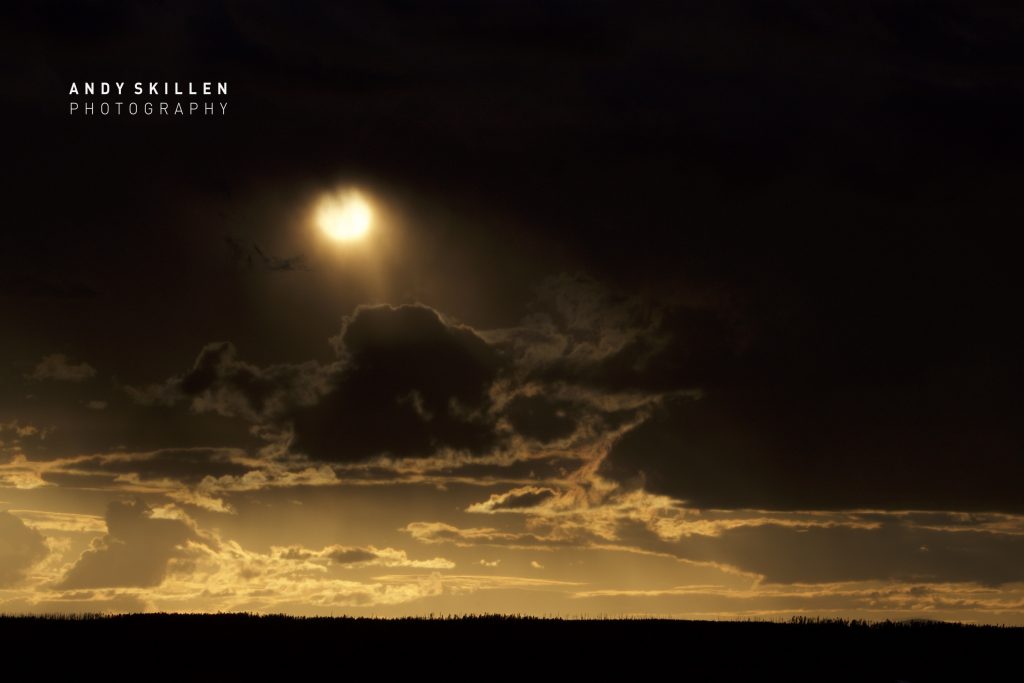 We were blessed with excellent weather – literally for the two weeks we were there we had one partial day of rain, whereas in the build-up there had been blizzards and pretty soon after we departed, the weather turned back towards that again.
We were blessed with excellent weather – literally for the two weeks we were there we had one partial day of rain, whereas in the build-up there had been blizzards and pretty soon after we departed, the weather turned back towards that again.
I’m already looking forward to taking a group of 6 there again next year (sold out unfortunately) and we have taken the decision to run it once more in 2021 if you would like to experience this magical place in the way I have shot it for more than 20 years. Drop me a line if you’re keen to get on the list…
